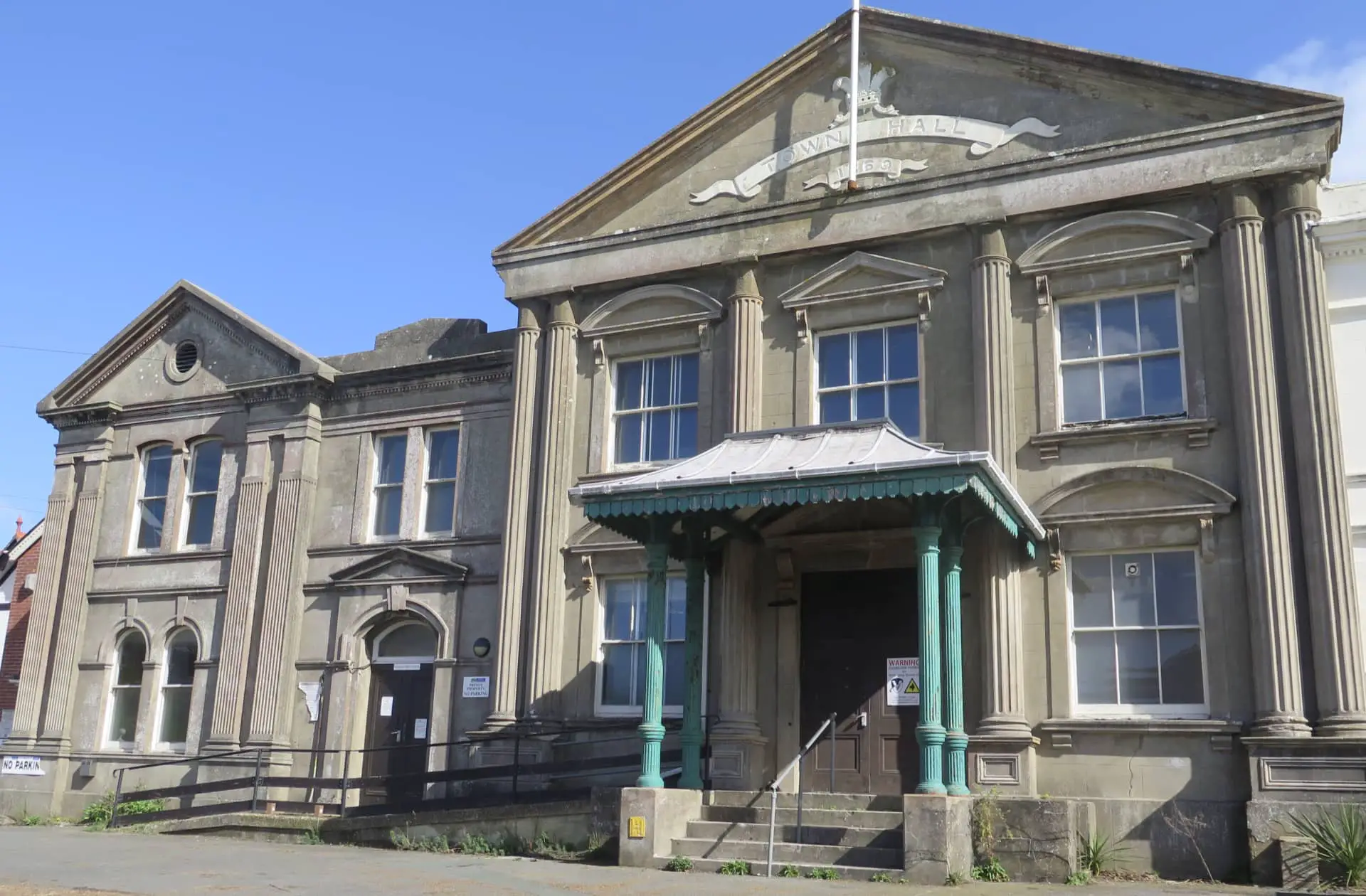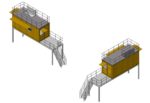Paul Coueslant, founder of Our Sandown social media group that celebrates Sandown’s heritage, shares this fascinating news about Sandown Town Hall. Ed
As reported by News OnTheWight in July 2020, Sandown Town Hall once had one of the most talked about ceilings on the Island, ‘greatly admired for its polychromatic colouring’ in the words of one 19th century guide book.
The multi-coloured ceiling was the work of decorator Henry Tooth in 1873 and has been feared by historians to be a lost Victorian masterpiece. But in the last few weeks, expert forensic analysis has shown that colours used by Tooth almost 150 years ago are still there, hidden beneath layers of 20th century paint.
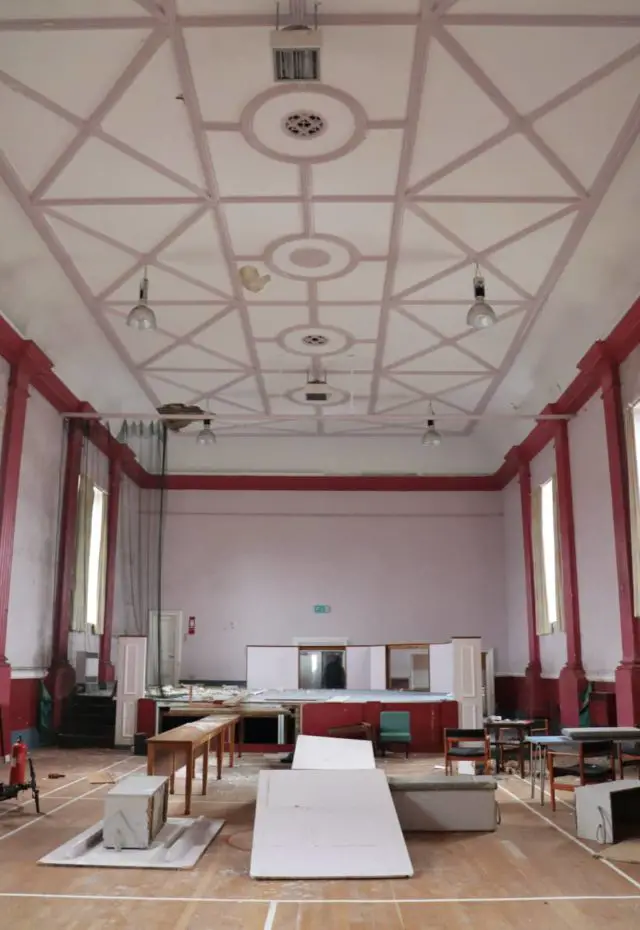
Forensic work commissioned
The revealing historical detective work was commissioned by the history group Our Sandown and The Common Space, the non-profit organisation looking at ways the Grade 2-listed Town Hall can be saved.
As reported by News OnTheWight in July 2020, Henry Tooth was described as ‘a genius’ by Christopher Dresser who had worldwide influence as one of the first and most important independent designers. After his time on the Island, Tooth went on to work for Dresser at the celebrated Linthorpe Art Pottery in north-east England before founding his own business, Bretby Art Pottery, in 1882.
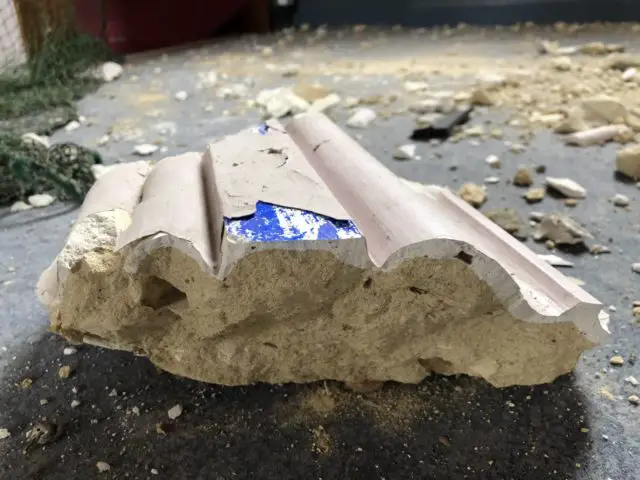
Groundbreaking example of decorative art
Tooth’s work at Sandown Town Hall is believed to have been a groundbreaking example of decorative art at the time, produced at low cost with the possibility of inspiring similar decoration in people’s homes.
Frustratingly, there’s no known photograph of his original ceiling decoration and only one incomplete, contemporary description of the design and colours he used.
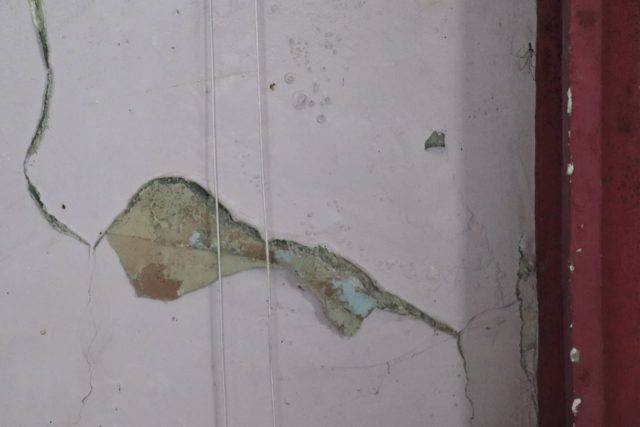
Victorian description of the work
A report in the Sandown-based Isle of Wight Chronicle of 20 March 1873, written while Tooth was still working on the building, provides tantalising information allowing us to imagine how parts of his freshly decorated Town Hall looked:
The centre circular panels which intervene between the sunlights are filled in with a deep blue ground work, relievingly studded with stars, and surrounded with a richly colored (sic) border, as are also the sunlights themselves…
The pilasters and the cornicing will be painted a creamy stone color, and a broad frieze band will run round below the cornice, with emblematic ornaments in relieving colors, judiciously placed at intervals between the two.
The wall spaces between the pilasters will be panelled with greenish grey panels, very tastefully ornamented round the gas brackets with bordering or scroll work.
The dado, or lower portion of the wall, extending to the height of about five feet, will be painted in rich deep colors, crowned with a tasteful broad border.
Findings from the forensic investigation
The recent forensic work at Sandown Town Hall was carried out by historical paint consultant Catherine Hassall, who has been involved in similar investigations at Brighton’s Royal Pavilion, Hammersmith Bridge in London and the Pagoda at Kew Gardens.
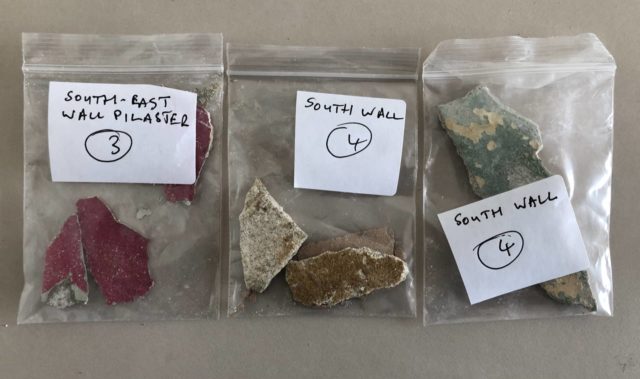
Provided with samples from different parts of the Town Hall, she used a microscope to take a detailed look at paint pigments used over the decades and chemical testing to help establish which era the different paint layers come from.
Painted five times since 1873
Her report establishes that the Town Hall’s interior surfaces decorated by Henry Tooth in 1873 have been painted just five times since, with Tooth’s original ceiling design possibly repainted in similar colours at one stage.
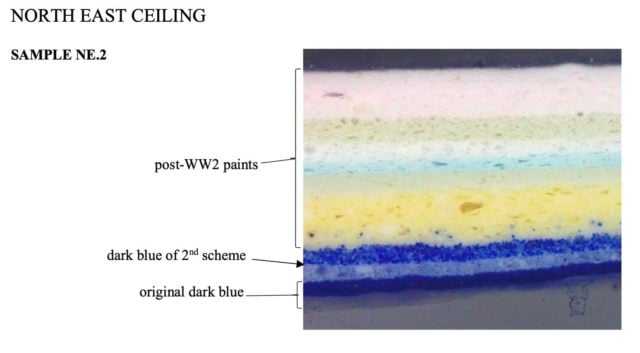
The analysis confirms Tooth’s colours described in the Isle of Wight Chronicle of the time: the deep blue he used on parts of the ceiling, pale green for the walls and a creamy colour for the pilasters.
Further evidence
Testing of further material from the ceiling reveals he also used a reddish brown and a pale green, evidence for the multi-coloured or ‘polychromatic’ design described in the Victorian period.
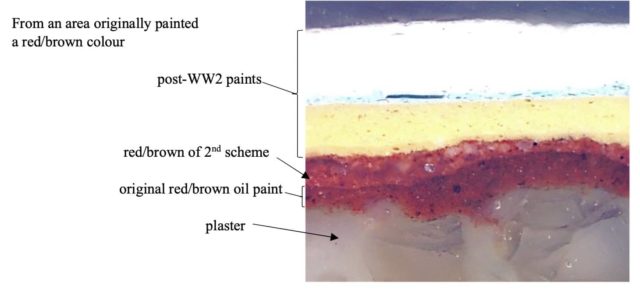
It would take further testing, and ideally the discovery of a photograph or fuller description of all the colours Tooth used in his ceiling design, to get a complete picture of his extraordinary work in Sandown.
You never know, watch this space.

